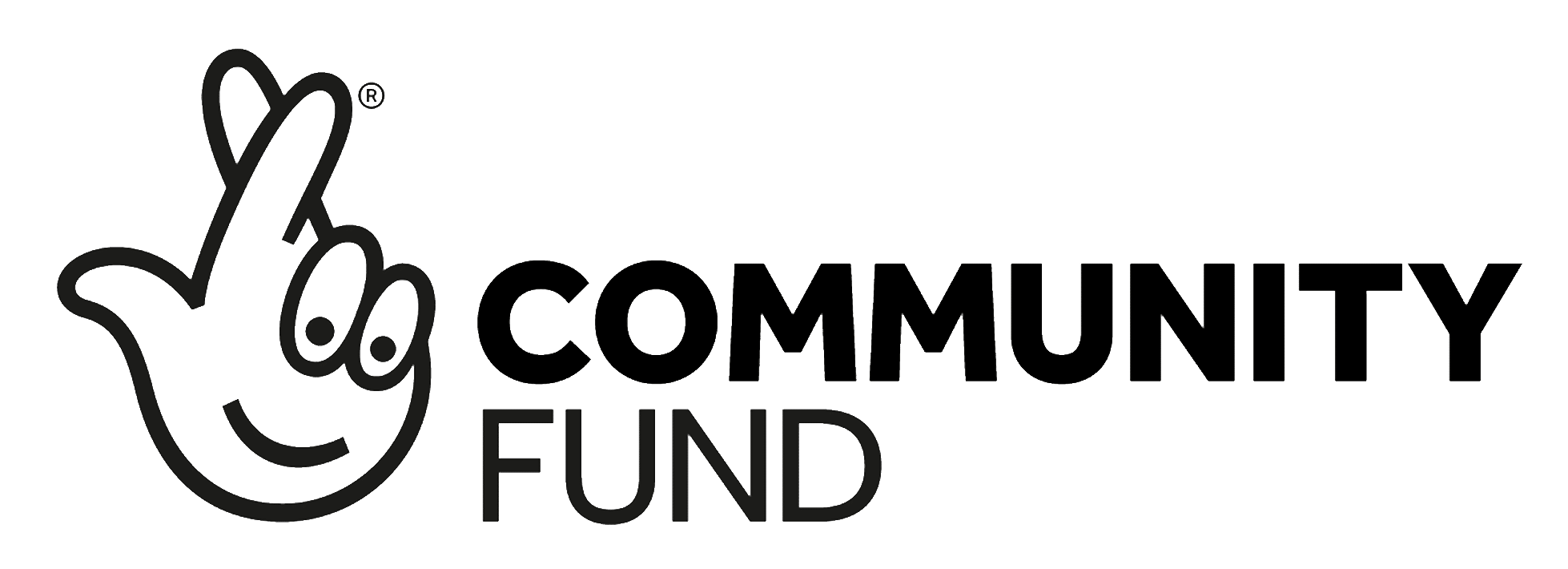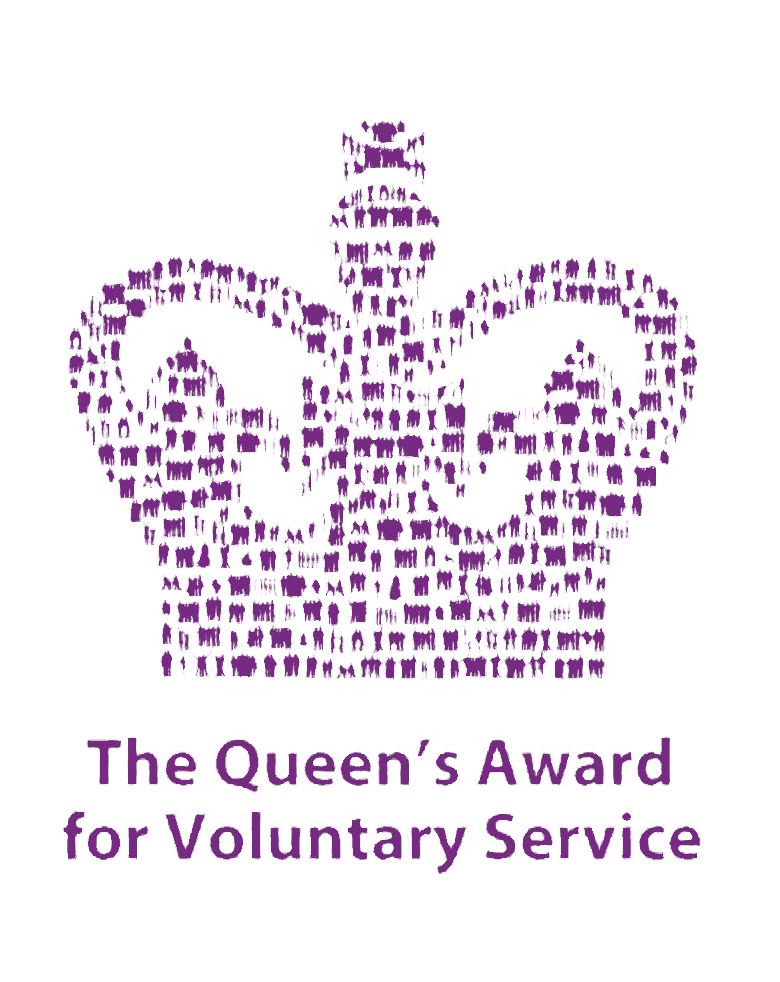How Community Orchestras Contribute to a Diverse Musical Ecosystem
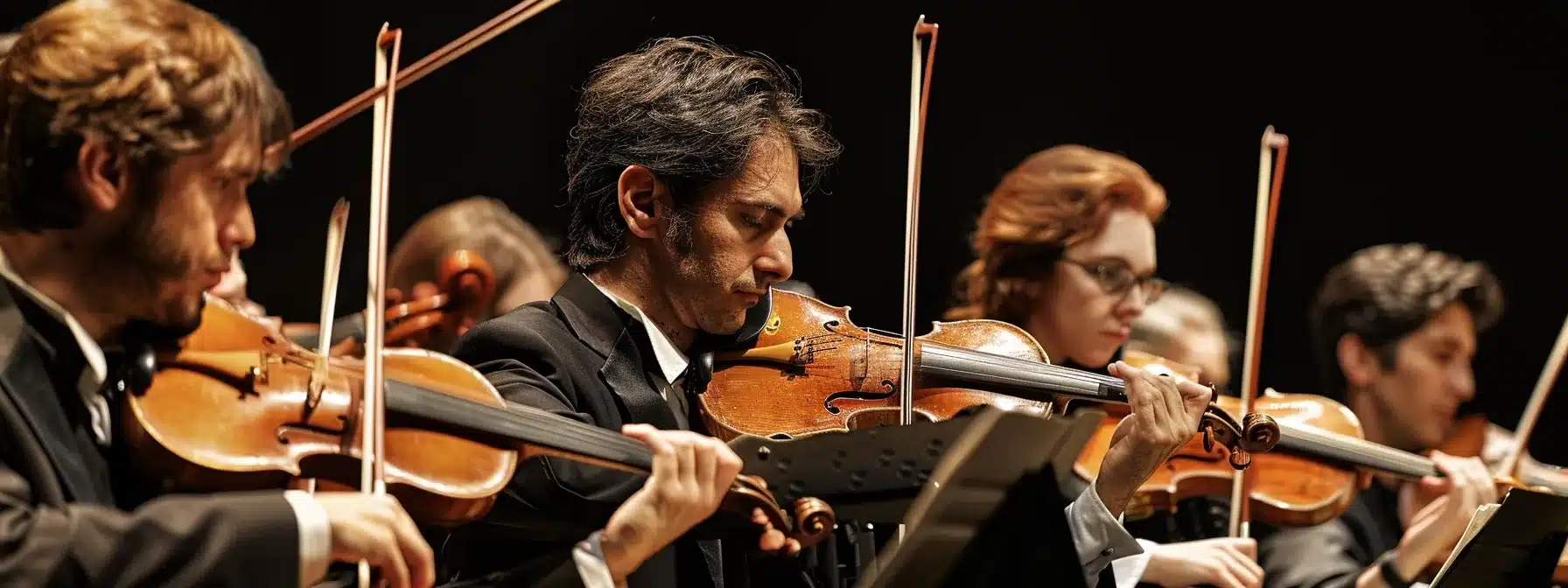
Community orchestras often go unnoticed in the larger landscape of music, but they play a vital role in creating a diverse musical ecosystem. These ensembles not only foster emerging musicians, but also provide a platform for cultural inclusivity and community engagement. In this article, I will explore how community orchestras contribute to nurturing talent across various genres, the historical growth of these organizations, and the challenges they face today. By understanding their impact, I hope to show you how community orchestras enrich our musical experiences and benefit local audiences.
Understanding the Role of Community Orchestras in Music Diversity

Community orchestras play a vital role in enhancing music diversity by nurturing local musicians and creating unique opportunities for artistic expression. They contribute to local music scenes by supporting fundraising efforts and conducting performances that include a variety of genres. Additionally, these orchestras often bridge the gap between amateur and professional music, while also expanding their repertoires beyond traditional classical works to encompass a wider array of symphonic pieces.
Defining Community Orchestras and Their Unique Characteristics
Community orchestras are essential fixtures within our musical landscape, serving not just as performance groups but as platforms for continuing education and artistic exploration. These ensembles often include a mix of amateur and semi-professional musicians, which fosters an environment of inclusivity and skill development. For instance, youth orchestras provide young musicians the chance to perform works by classical greats such as Wolfgang Amadeus Mozart and Edward Elgar, while also allowing them to explore more contemporary pieces, thus enriching their musical repertoire and experience.
- Community orchestras support local musicians.
- Youth orchestras promote continuing education for young talents.
- Concerts feature a wide range of musical genres.
- Repertoire includes works by composers like Mozart and Elgar.
- They help bridge the gap between amateur and professional music.
Contributions to Local Music Scenes
Community orchestras play a crucial role in enriching local music scenes by actively engaging with diverse musical genres, including jazz and contemporary works. Our board of directors focuses on creating initiatives that promote harmony between different musical traditions, which can include organizing performances featuring overtures that showcase both classical and modern styles. Youth orchestras are especially significant, as they not only foster skill development but also encourage young musicians to explore a variety of musical expressions, ultimately contributing to a vibrant and diverse musical ecosystem in our communities.
Bridging Gaps Between Amateur and Professional Music
Community orchestras serve as a vital link between amateur and professional musicians, particularly in vibrant hubs like New York City. By providing platforms for local talent, they allow musicians to engage with the works of renowned composers such as Franz Schubert and Leonard Bernstein, bridging the cultural gap between different skill levels. This interaction fosters growth, skill enhancement, and a deeper appreciation of various musical genres, ensuring that the richness of music continues to thrive in our communities:
- Community orchestras create opportunities for musicians to perform together.
- They feature compositions from both historical and contemporary composers.
- By engaging with diverse musical styles, they enrich local cultural scenes.
- Participation fosters confidence among amateur musicians.
- Local performances invite collaboration and mentorship opportunities.
Expanding Repertoires Beyond Traditional Works
Community orchestras play an essential role in expanding musical repertoires by going beyond traditional works. We actively include compositions from a range of genres, increasing diversity in our performances. By integrating pieces from composers such as Johannes Brahms alongside contemporary works, we create a rich tapestry of sound that reflects our community’s varied tastes. This approach fosters unique rehearsal experiences and encourages collaboration with choirs and other local music groups, ultimately enhancing our shared musical organism:
- Inclusion of diverse music enhances community engagement.
- Performance of varied repertoires supports skill development.
- Collaborations with local choirs enrich the musical offerings.
- Funding from the National Endowment for the Arts helps facilitate these initiatives.
- Engaging with different genres fosters a sense of belonging among musicians and audience members.
Community orchestras not only embrace diverse music but also tell a story of their own. Let’s explore their historical growth and development, revealing the roots that have shaped them into vibrant hubs of culture today.
Historical Growth and Development of Community Orchestras

The historical growth and development of community orchestras reveal their origins and evolution over time, highlighting key milestones in their expansion. Societal changes have significantly influenced their formation and structure, shaping how we engage with creativity in music. In this section, I will discuss the impact of composers like Pyotr Ilyich Tchaikovsky on orchestral repertoire, explore the role of board members in promoting chamber music, and examine how mailing lists help foster connections within our musical community.
Origins and Evolution Over Time
The origins of community orchestras can be traced back to the desire for local musicians to perform classical works, such as violin concertos and suites that showcase their talents. Over the years, these orchestras have evolved significantly, becoming more inclusive by welcoming a diverse range of instruments, including the bassoon, and expanding their musical repertoire to include contemporary compositions. This evolution has maintained the relevance of community orchestras, with funding often supported by donations, enabling them to enrich our musical ecosystem and offer opportunities for artistic expression and collaboration among musicians of varying skill levels.
Key Milestones in Community Orchestra Expansion
Key milestones in the expansion of community orchestras have significantly shaped our local musical landscapes. For instance, the inclusion of compositions by composers like Joseph Haydn, Jean Sibelius, and Ludwig van Beethoven has enriched our repertoire and broadened our appeal. These additions not only highlight the skill of local musicians but also engage audiences with familiar pieces like Georges Bizet‘s works, while showcasing diverse performances such as piano concertos that connect us to various musical traditions.
- Inclusion of Joseph Haydn, Jean Sibelius, and Ludwig van Beethoven‘s compositions.
- Engagement with audiences through familiar works by Georges Bizet.
- Highlighting local talent through diverse performances, especially piano concertos.
- Expanding repertoire promotes inclusivity in community orchestras.
- Creating connections among musicians and audiences across varied musical styles.
Impact of Societal Changes on Orchestra Formation
Societal changes have profoundly influenced the formation of community orchestras, shaping how we engage with music today. Research indicates that events such as cultural movements and educational reforms have pushed orchestras like The People’s Orchestra to embrace diverse repertoires, including works by composers such as Manuel de Falla. By incorporating a variety of compositions, including concertos and pieces featuring the violin, these orchestras not only appeal to wider audiences but also encourage local musicians to explore different musical styles, enhancing the overall musical ecosystem.
Influence on the Broader Musical Landscape
Community orchestras have a significant impact on the broader musical landscape by creating pathways for local musicians to showcase their talents and connect with diverse audiences. Through inclusive performances that feature both classic and contemporary pieces, these orchestras promote a richer understanding of various musical traditions. By fostering collaboration and mentorship between aspiring musicians and seasoned professionals, we can see how community orchestras cultivate a vibrant ecosystem where creativity thrives and innovation emerges, ultimately enriching the cultural fabric of our communities.
As community orchestras grew, they became more than just a collection of musicians. They opened doors for new talent, offering emerging musicians a stage to share their voices and aspirations.
Community Orchestras as Platforms for Emerging Musicians

Community orchestras serve as vital platforms for emerging musicians, offering numerous opportunities for local talent development through educational programs and workshops. They facilitate mentorship and collaboration with seasoned artists, which enriches the learning experience. I have seen firsthand how many musicians start their journeys in community orchestras, gaining invaluable skills and connections that propel their artistic careers forward.
Opportunities for Local Talent Development
Community orchestras provide invaluable opportunities for local talent development by offering workshops, masterclasses, and performance experiences for emerging musicians. I have personally witnessed many young musicians grow and gain confidence through these programs, as they receive guidance from seasoned artists and collaborate with peers. This supportive environment not only helps them refine their skills but also encourages creativity, ultimately strengthening the diverse musical ecosystem within our communities.
Educational Programs and Workshops
Community orchestras offer educational programs and workshops that are essential for emerging musicians’ development. I have personally observed how these initiatives not only provide practical skills in performance and technique but also foster a supportive environment where young talents can explore their creativity. These programs often feature experienced mentors who guide participants through various aspects of music, helping them gain confidence and refine their artistry:
- Workshops focus on instrument mastery and performance techniques.
- Mentorship opportunities encourage collaboration and skill sharing.
- Programs cater to different skill levels, promoting inclusivity.
- Participants receive valuable feedback that supports their growth.
- Community engagement enhances the overall musical landscape.
Mentorship and Collaboration With Seasoned Artists
In my experience, mentorship and collaboration with seasoned artists are critical components of community orchestras that significantly impact emerging musicians. These seasoned professionals offer valuable guidance and support, helping young talents navigate their musical journeys. Through hands-on learning and performance opportunities, I have seen many aspiring musicians improve their skills while gaining insights into the music industry, which fosters confidence and enhances their artistic abilities:
- Seasoned artists share their knowledge and expertise with young musicians.
- Collaborative performances provide real-world experience.
- Mentorship fosters personal growth and artistic exploration.
- Participants develop valuable connections in the music community.
- Emerging artists gain confidence through constructive feedback.
Stories of Musicians Who Began in Community Orchestras
Many talented musicians have begun their journeys in community orchestras, where they received essential support and guidance. For instance, I have witnessed young artists transform into confident performers after participating in local orchestras, gaining valuable experience that paved the way for their success in the music industry. These stories highlight how community orchestras not only nurture talent but also contribute significantly to a diverse musical ecosystem by providing a platform for growth and collaboration among aspiring musicians.
As musicians find their voice in community orchestras, they create bonds that transcend barriers. These connections open the door to exploring cultural inclusivity through community ensembles, where music becomes a shared language.
Fostering Cultural Inclusivity Through Community Ensembles

Community orchestras play a crucial role in fostering cultural inclusivity by showcasing diverse musical traditions and engaging underrepresented communities. Through collaborations with cultural organizations, we create an environment that promotes accessibility and encourages participation from all backgrounds. This section will explore how these initiatives not only enrich our musical offerings but also strengthen the connections within our communities.
Showcasing Diverse Musical Traditions
Community orchestras are essential for showcasing diverse musical traditions by incorporating works from various cultures into their performances. I have seen how engaging with different genres not only attracts a wider audience but also fosters appreciation for the richness of our global music heritage. By collaborating with cultural organizations, we create opportunities for musicians to present unique pieces that reflect their backgrounds, leading to greater cultural understanding and inclusivity in our communities.
Engaging Underrepresented Communities
Engaging underrepresented communities is a fundamental aspect of our community orchestra’s mission. I have witnessed how partnerships with local cultural organizations enable us to reach individuals who may have previously felt excluded from the musical landscape. By actively inviting participation from diverse backgrounds and showcasing a variety of musical traditions, we create a welcoming environment where everyone can contribute to and benefit from our rich musical ecosystem.
Collaborations With Cultural Organizations
Collaborating with cultural organizations is a core strategy for community orchestras aimed at fostering inclusivity and celebrating diverse musical traditions. In my experience, these partnerships often lead to vibrant events that highlight a variety of cultural expressions, attracting audiences from different backgrounds. By joining forces with local cultural groups, we not only enrich our performances but also strengthen community ties and promote a sense of belonging for all participants:
- Collaborations introduce diverse musical traditions to the community.
- Partnerships help reach underrepresented audiences.
- Joint events create opportunities for cross-cultural engagement.
- Shared resources enhance both performance quality and audience experience.
- Community ensembles benefit from cultural expertise and insights.
Promoting Accessibility and Participation
Promoting accessibility and participation in community orchestras is essential for cultivating a rich and diverse musical ecosystem. I have seen firsthand how initiatives like free workshops, community events, and outreach programs invite individuals from all backgrounds to engage with music. By breaking down financial and social barriers, we create valuable opportunities for everyone to contribute to and benefit from our performances, ultimately fostering a vibrant musical community:
- Free workshops and events lower barriers to entry.
- Outreach programs foster engagement from diverse backgrounds.
- Inclusive performances invite participation from local musicians.
- Collaborations with schools encourage youth involvement.
- Accessible rehearsals create a welcoming environment for all.
Music brings people together. Our next step is to reach even more hearts and minds, inviting everyone to join in.
Engaging the Community and Expanding Audiences

Engaging the community and expanding audiences are crucial for fostering a diverse musical ecosystem. In this section, I will discuss how building relationships with local audiences enhances concert experiences and outreach. I will also explore our efforts to support music education in schools and community centers, alongside the vital contributions of volunteers and supporters in promoting our initiatives.
Building Relationships With Local Audiences
Building relationships with local audiences is essential for community orchestras to thrive and enhance the diverse musical ecosystem. I have seen how engaging with our audience through outreach events and personalized communication results in a deeper connection to the music we present. By inviting feedback and fostering an inclusive atmosphere, we ensure that our performances resonate with the community, making classical and contemporary music more accessible and relevant to everyone.
Innovative Concert Experiences and Outreach
Innovative concert experiences and outreach programs are key to connecting with diverse audiences and enhancing the local musical landscape. I have seen how incorporating interactive elements, such as Q&A sessions with musicians or themed performances, creates a more engaging atmosphere that resonates with community members. By reaching out through schools and community centers, we not only enrich our performances but also invite participation from a wider audience, fostering a sense of ownership and connection to the music we share:
- Interactive concerts encourage audience participation.
- Themed performances attract diverse demographics.
- Outreach to schools cultivates young music lovers.
- Engagement initiatives strengthen community ties.
- Building a connection boosts audience loyalty.
Supporting Music Education in Schools and Community Centers
Supporting music education in schools and community centers is a fundamental aspect of how community orchestras engage with diverse audiences and foster a rich musical ecosystem. I have observed firsthand how partnerships with local schools can introduce young students to various musical instruments and genres, encouraging their interest in music from an early age. By offering workshops, instrument demonstrations, and performance opportunities, we not only support music education but also create a pathway for future musicians to connect with their communities:
- Organizing workshops that teach instrument mastery.
- Providing instruments for students to try out and learn.
- Hosting concerts in schools to showcase local talent.
- Creating mentorship programs between experienced musicians and students.
- Fostering collaboration with teachers to integrate music into the school curriculum.
The Role of Volunteers and Supporters
Volunteers and supporters play an essential role in the success of community orchestras, helping to create a diverse musical ecosystem. I have seen countless individuals contribute their time and expertise, organizing events, coordinating logistics, and engaging with the local audience. Their dedication not only enhances the orchestra’s reach but also fosters a sense of community ownership over our artistic endeavors, ensuring that we remain connected to the needs and interests of our audience.
The community band brought joy, but challenges lay ahead. As we look to the future, it’s clear we must face these hurdles to keep the music alive.
Challenges and Future Directions for Community Orchestras

Community orchestras face various challenges that shape their role in the diverse musical ecosystem. Navigating funding and resource limitations remains a significant hurdle, while adapting to technological advances in music is crucial for engagement. I will discuss strategies for sustaining growth and relevance, culminating in a vision for the future of community orchestras that emphasizes inclusivity and creativity.
Navigating Funding and Resource Limitations
Navigating funding and resource limitations is a significant challenge for community orchestras, which impacts their ability to contribute to a diverse musical ecosystem. In my experience, partnerships with local businesses, grants from arts organizations, and community fundraising events are essential in overcoming these financial constraints. By actively engaging with our community and exploring innovative funding solutions, we can sustain our programs and continue to offer inclusive and enriching musical opportunities for all musicians and audiences.
Adapting to Technological Advances in Music
Adapting to technological advances in music is crucial for community orchestras, as it helps us remain relevant in an ever-changing musical landscape. I’ve observed how incorporating digital tools, such as online tutorials and virtual rehearsals, has significantly expanded our reach, enabling musicians to connect and collaborate regardless of location. By leveraging technology, we can enhance our performances, attract diverse audiences, and ensure that our programming remains inclusive and dynamic, thus enriching the overall musical ecosystem within our communities.
Strategies for Sustaining Growth and Relevance
To sustain growth and relevance, community orchestras must actively engage in collaborative partnerships and innovative outreach efforts. In my experience, building relationships with local schools and cultural organizations not only enhances our visibility but also encourages diverse participation. By embracing digital platforms for performances and workshops, we can reach broader audiences and ensure our programming remains appealing to the community, ultimately reinforcing our role in a diverse musical ecosystem.
Envisioning the Future of Community Orchestras
As I envision the future of community orchestras, I see them embracing technology and innovative practices to expand their audiences and strengthen their role within the diverse musical ecosystem. By incorporating virtual performances and online learning opportunities, we can break down geographical barriers and engage with a wider range of participants. This approach not only enhances accessibility but also promotes collaboration among musicians from various backgrounds, ensuring that our orchestras remain vibrant and relevant in the ever-evolving musical landscape:
- Embrace technology for virtual performances.
- Incorporate online learning opportunities for broader reach.
- Encourage collaboration among diverse musicians.
- Enhance accessibility for community engagement.
- Strengthen the relevance of orchestras in a changing landscape.
Conclusion
Community orchestras play a crucial role in fostering a diverse musical ecosystem by nurturing local talent and showcasing a variety of musical traditions. They bridge gaps between amateur and professional musicians, providing valuable opportunities for collaboration and mentorship that enhance artistic growth. Through inclusive programming and innovative outreach efforts, these orchestras engage underrepresented communities and promote accessibility in the arts. By embracing diversity in music, community orchestras enrich cultural connections and ensure that music remains a vibrant and essential part of our communities.
